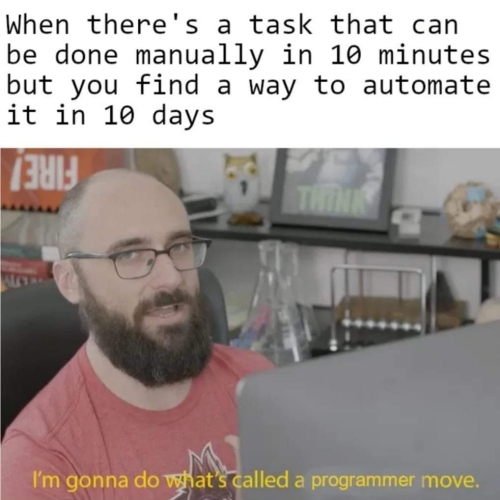With the latest update of Windows Subsystem for Linux (WSL), you can now run Linux GUI applications on Windows natively. This is pretty impressive considering Steve Ballmer famously branded Linux “a cancer that attaches itself in an intellectual property sense to everything it touches” back in 2001. In just 20 years, Microsoft has changed it’s stance and started adding more Linux functionality to it’s operating system.
Arguably, one of the biggest, and surely the most exciting update to the Windows 10 WSL, Microsoft has been working on WSLg for quite a while and in fact first demoed it at last year’s conference, before releasing the preview in April… Microsoft recommends running WSLg after enabling support for virtual GPU (vGPU) for WSL, in order to take advantage of 3D acceleration within the Linux apps…. WSLg also supports audio and microphone devices, which means the graphical Linux apps will also be able to record and play audio.
Keeping in line with its developer slant, Microsoft also announced that since WSLg can now help Linux apps leverage the graphics hardware on the Windows machine, the subsystem can be used to efficiently run Linux AI and ML workloads… If WSLg developers are to be believed, the update is expected to be generally available alongside the upcoming release of Windows.
The feature is still only available in Windows 10 Preview Builds but is expected to be released for general use in the near future.
I would love to see the reverse being developed. The ability to install and run Windows applications on Linux natively / officially. There is Wine/Crossover but they don’t support 100% of the applications yet. It would be cool if MicroSoft contributes to either of the tools to allow people to run windows software on Linux.
I personally use Crossover to run the Office Suite and it works great for me (For the most part). The latest version supports Office 365 and most of it works fine except for Excel which still has a bit of a problem with large files but works otherwise. Which is why I also have Office 2007 also installed where Excel works without issues even with large files.
Compatibility with MS Office suite is why a lot of users don’t want to switch from Windows to Linux or Mac. OpenOffice/LibreOffice is great but the UI sucks and the files are not 100% compatible (atleast the last time I tried it, it wasn’t) so the files might not look the same as you expected when you share them with Office users.
Source: Microsoft doubles down on Windows Subsystem for Linux
– Suramya



